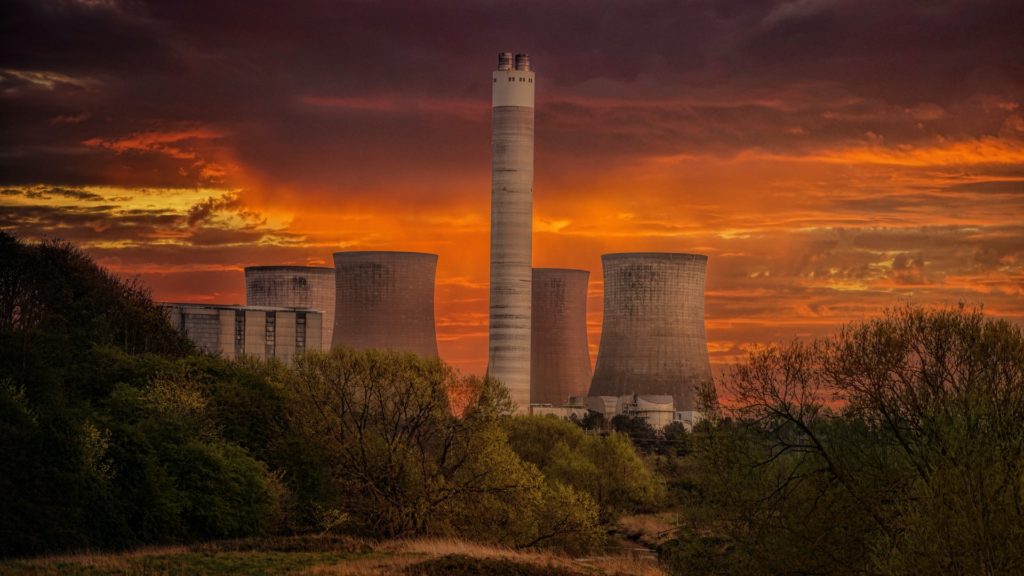
The challenge facing society: what source of electricity will replace fossil fuels as the dominant source of energy when it becomes depleted in 2088?
It’s a scary date, but it really isn’t as bad as it seems. By 2088, earth will be drained of all fossil fuels only if the current rate of use stays consistent. As it stands, fossil fuels provide nearly 63% of the electricity in the United States, nuclear produces 20%, and renewable energy offers another 17%. Natural gas, crude oil and coal cover the needs of most every American home, except for a whirl of heartland states that rely on wind.
The simplest reason, as a rule, is the correct one. Boiling it down to dollars and cents, dinosaur bones are generally cheaper for the average consumer. Though capitalism theoretically aspires to a marketplace regulated purely by supply and demand, the reality is that there are other factors at play. An important one to consider is which energy sources gain the most legislative support from Washington. Lawmakers dole out subsidies each year to certain industries, hoping to incentivize their growth.
Since 1950, a whopping 70% of federal incentives in the US have gone to the fossil fuel industry. By comparison, nuclear energy and renewables have garnered only 9% each of Uncle Sam’s dollars. A slight disparity arises when weighing how the federal monies were spent. While the government invests mostly in the research and development of new technologies in the nuclear industry, the majority of incentives provided to fossil fuel producers came in the form of tax-breaks. Granted, in the 1950’s, the only association the public had with nuclear power was Hiroshima and, like cigarette smoking, the idea of James Dean racing in his gas guzzling Porsche was sexy. Learning from the sins of the past and going forward, it behooves lawmakers to remember that fossil fuels can only convert 60% of the available energy into electricity, while alternatives like hydroelectric plants capture 90% of the available energy as cold, hard voltage.

Some countries have broken the mold. France derives about 75% of its electricity from nuclear energy. In the US, there are 61 nuclear power plants and even the smallest active plant produces enough electricity per year to power a city with a population of 500 thousand. However, nuclear energy requires an excessive amount of water, with a single reactor drinking enough water to quench the thirst of a city of 500 hundred thousand. As covered in a previous swrm article, there’s only so much water in the world, and people need as much of it as possible before it slips through their fingers.
That still doesn’t consider the problem of nuclear waste, which sometimes stays dangerously radioactive for tens of thousands of years. The most environmentally friendly option would, of course, be renewable energy. A single wind turbine is estimated to produce enough electricity to power 1,500 European homes.
If you’re interested in checking out which source of energy is right for your household, you can utilize this handy calculator developed by researchers to compare and contrast prices. In this day and age of a marketplace bursting with options, the consumer is more empowered than ever before. Just as someone can decide to pay extra for organic, cage-free eggs, residents of large cities can often choose to buy their kilowatts from solar energy companies if that tickles their fancy.


